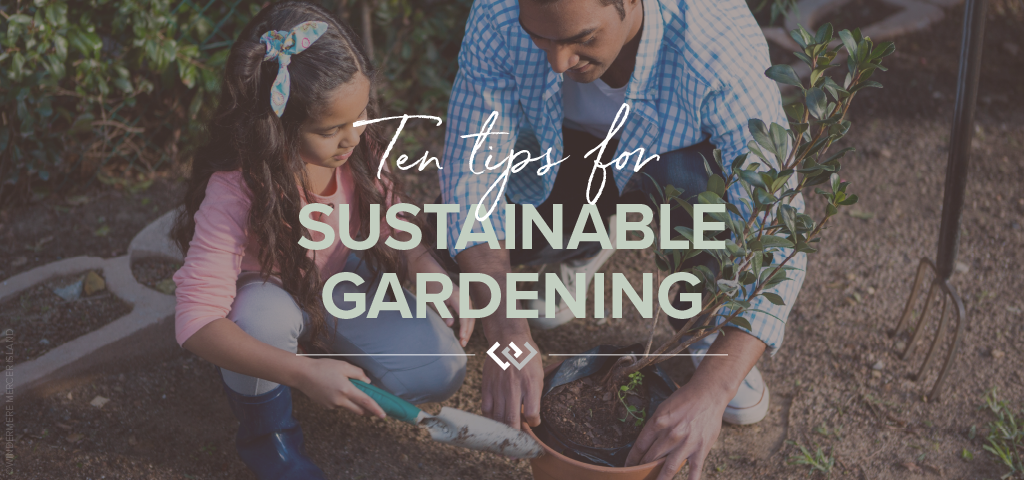Outdoor Living Trends for Summer 2018


The sun is back and summer is so close you can almost taste the s’mores being toasted around the fire pit…is this the year to spruce up your outdoor spaces? Fun new trends in alfresco design revolve around individuality of lifestyle and a desire to bring the inside out with rooms, furniture and lighting that would all be equally at home indoors. Cheesy, bulky and loud are out–quality, artisan and subtle are in. Here are some ideas to get you started:
1. Experiential Design
Newer outdoor concepts centered around the experiences of the owner–such as meditation gardens, outdoor movie screens, fireplaces/fire pits, children’s play spaces, and even life-size chess–are gradually replacing the cookie cutter yards of the past.

2. Chic Lighting
While Charlie Brown string lights have had their days in the sun, new trends are heading toward more sophisticated lighting fixtures. Shaded lamps, artisan and vintage fixtures are good choices for outdoor rooms and patios. We’re also seeing more indirect, low lighting that doesn’t compete with the stars.

3. Open Air Rooms
As weather-proof technology and materials improve, more homeowners are creating permanent outdoor living rooms, dining rooms, kitchens, and entertaining bars. Mildew-resistant curtains or folding glass doors can enclose the space as needed, while fireplaces or built-in space heaters keep things comfortable year-round.

4. Subtle Neutrals
We’re seeing a transition from bold stripes and colors to a softer palette with neutral tans, greys, greens, and dark blues. More discreet patterns follow the “indoors out” trend.

Photo courtesy of Kerry Joyce Associates.
5. Indoor Quality Furniture
Lighter fine-boned wood furniture with luxe upholstery is usurping those blocky, heavy, dark aluminum and plastic pieces that bake in the sun. Comfort and quality are key, with designer statement chairs and unexpected wicker pieces that are a far cry from your grandma’s wicker.

6. Alternative Flooring Materials
Many homeowners are moving beyond the rug, using new budget-friendly materials such as porcelain pavers or beechwood deck tiles to create a seamless indoor-to-outdoor look.
7. Smart Outdoor Tech
Whether it’s smart sprinklers that use soil moisture and weather data to adjust their water output, quieter & cleaner electric mowers, or 3D imaging programs that help landscapers develop and visualize designs, the world of smart technology is definitely making its way outdoors.

ABOUT WINDERMERE MERCER ISLAND
We earn the trust and loyalty of our brokers and clients by doing real estate exceptionally well. The leader in our market, we deliver client-focused service in an authentic, collaborative and transparent manner and with the unmatched knowledge and expertise that comes from decades of experience.
©2018, Windermere Real Estate/Mercer Island

 Facebook
Facebook
 Twitter
Twitter
 Pinterest
Pinterest
 Copy Link
Copy Link


